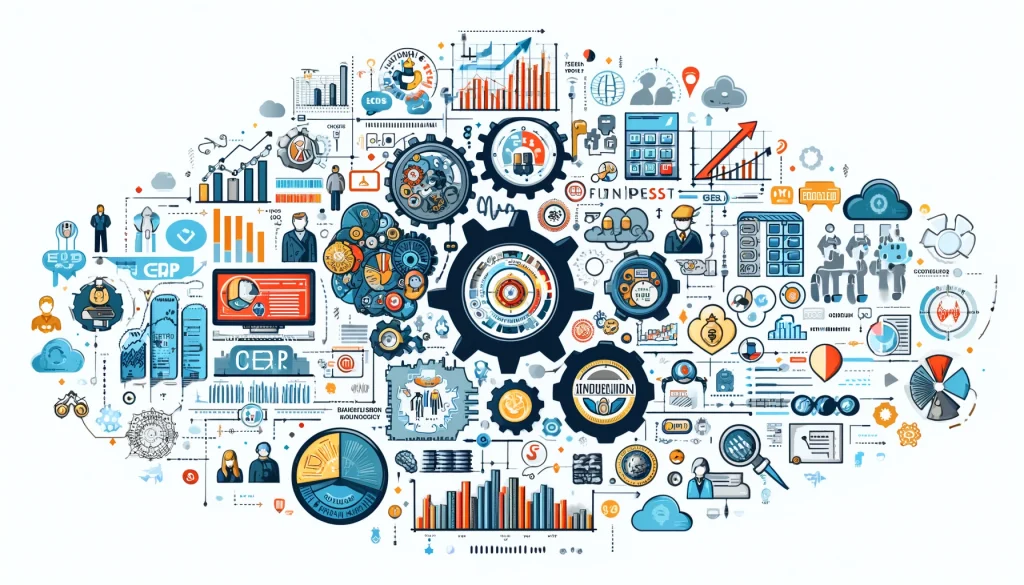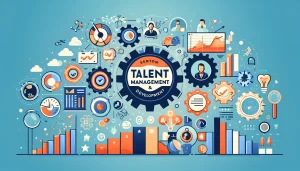An Enterprise Resource Planning (ERP) system is a comprehensive software solution designed to integrate and streamline core business processes and functions across an organization. Here are the key components and functionalities typically found in an ERP system:
Financial Management:
Manage financial transactions, accounting processes, and financial reporting.
Track revenue, expenses, assets, liabilities, and cash flow.
Automate financial processes such as invoicing, billing, and budgeting.
Supply Chain Management (SCM):
Coordinate and optimize the flow of goods, materials, and information across the supply chain.
Manage procurement, sourcing, inventory management, and supplier relationships.
Forecast demand, plan production schedules, and optimize distribution networks.
Inventory Management:
Track inventory levels, stock movements, and warehouse operations.
Monitor inventory costs, valuation methods, and reorder points.
Optimize inventory levels to minimize stockouts, reduce carrying costs, and improve inventory turnover.
Production and Manufacturing:
Plan, schedule, and manage production activities and manufacturing processes.
Monitor production orders, work orders, and shop floor operations.
Optimize resource utilization, capacity planning, and production efficiency.
Sales and Order Management:
Manage sales orders, quotes, contracts, and pricing.
Process orders, allocate inventory, and schedule deliveries.
Track sales performance, customer accounts, and sales forecasts.
Customer Relationship Management (CRM):
Maintain customer records, contact information, and interaction history.
Manage sales leads, opportunities, and customer service requests.
Analyze customer data to identify trends, preferences, and opportunities for upselling or cross-selling.
Human Capital Management (HCM):
Manage employee data, payroll processing, and benefits administration.
Track employee attendance, time-off requests, and performance evaluations.
Streamline recruitment, onboarding, and talent management processes.
Project Management:
Plan, execute, and monitor projects, tasks, and milestones.
Allocate resources, track project costs, and manage project budgets.
Collaborate with project teams, stakeholders, and external partners.
Reporting and Analytics:
Generate reports and dashboards on business performance, operational metrics, and key performance indicators (KPIs).
Analyze data to identify trends, patterns, and opportunities for improvement.
Monitor financial metrics, inventory turnover, production efficiency, and customer satisfaction.
Integration and Customization:
Integrate with other business systems and applications, such as CRM systems, eCommerce platforms, and business intelligence tools.
Customize workflows, forms, and reports to align with specific business requirements and processes.
Enable seamless data exchange and communication between ERP modules and external systems.
Security and Compliance:
Implement security measures to protect sensitive data, transactions, and business processes.
Ensure compliance with regulatory requirements, industry standards, and data privacy regulations.
Conduct regular security audits and compliance assessments to identify and mitigate potential risks.





